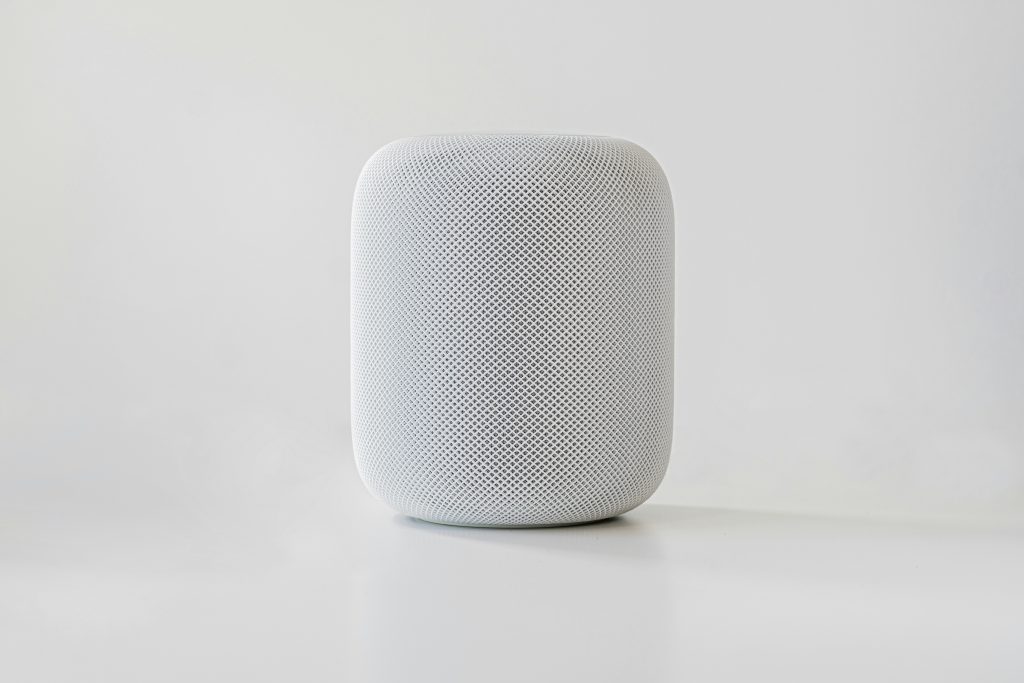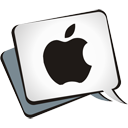Apple HomeKit offers a convenient way to manage your home’s smart devices under one unified platform. However, if you’ve ever tried to integrate non-Apple products into your HomeKit environment, you’ve likely faced some challenges. But don’t worry because we’re here to help you. We did thorough research and will guide you every step of the way. Let’s enhance the functionality and versatility of your smart home setup and integrate Apple HomeKit with non-Apple smart home devices.
Understanding Apple HomeKit
Apple HomeKit serves as a robust framework for home automation. It enables users to manage their smart home devices directly from their Apple devices. With HomeKit, you can control everything from lighting and heating to security systems using the convenient Home app or through voice commands with Siri.

Particularly noteworthy are Apple-compatible smart home devices designed to work seamlessly with this ecosystem, enhancing user experience with streamlined functionality and enhanced security. This integration simplifies daily routines and secures your smart home with Apple’s stringent privacy protocols.
The Basics of Smart Home Device Compatibility
Smart home device compatibility with Apple HomeKit hinges on adherence to Apple’s strict certification process. To become part of the HomeKit ecosystem, devices must support either Wi-Fi or Bluetooth. However, integration isn’t as straightforward for many non-Apple devices that operate on other protocols, such as Zigbee or Z-Wave.
Bridging devices, such as the HomePod or a third-party hub, can often solve this by translating between HomeKit and the non-compliant devices. These solutions expand the variety of devices you can control through the Home app and ensure that all devices within your smart home can interact seamlessly. This approach underscores the importance of a flexible and adaptable home automation setup capable of incorporating a wide range of technologies.
Tools and Software for Integration
Third-party software like Homebridge or Home Assistant provides solutions for those looking to bridge this compatibility gap. These tools act as a middleware layer that translates HomeKit commands into a language that non-Apple devices can understand. Let’s understand how both work.

Integrate Apple HomeKit Using Homebridge
Integrating Apple HomeKit with non-Apple smart home devices can be straightforward with Homebridge. This powerful, open-source software acts as a bridge, allowing devices that aren’t natively supported to work with Apple’s HomeKit. Here’s how you can set up Homebridge in your home:
- Begin by installing Node.js on a device that remains on, such as a Raspberry Pi or an always-on PC.
- After setting up Node.js, install Homebridge, the Node.js package manager, using npm.
- Now it’s time to configure Homebridge. Customize your setup by adding plugins for each non-Apple device you want to control through HomeKit. This might involve editing the configuration file in JSON format.
Once configured, Homebridge will make your non-Apple devices appear in the Home app as native HomeKit devices. It will allow you to control them alongside your Apple-compatible devices. This integration not only broadens your device choices but also enhances the overall functionality of your smart home system.
Integrate Apple HomeKit Using Home Assistant
Home Assistant is another excellent tool for expanding the capabilities of Apple HomeKit to include non-Apple devices. Installing Home Assistant on a dedicated device allows you to effectively integrate with HomeKit. Here’s a step-by-step guide to get you started:
- Set up Home Assistant on a Raspberry Pi or another local server. This will serve as the central hub for your smart home.
- Enable HomeKit integration. Within Home Assistant, activate the HomeKit integration through the integrations page. This will generate a HomeKit code.
- Use the provided HomeKit code to add Home Assistant as a bridge to the Home app on your iOS device.
With Home Assistant configured, your non-Apple smart home devices can now be managed through the Apple Home app. This setup provides a centralized interface for all your smart devices and allows for advanced automation that leverages the strengths of both HomeKit and Home Assistant.
Advanced Integration Techniques
For those looking to fully leverage the capabilities of their smart home setup, exploring advanced integration techniques is key. A perfect example is the integration of specialized devices like the circle view doorbell designed by Logitech exclusively for Apple. This device seamlessly integrates with Apple HomeKit, offering enhanced security and ease of use.
Beyond standard device integration, consider utilizing platforms like IFTTT or Zapier to link your smart home devices with various online services, creating powerful automation. For instance, you can set your smart lights to turn on when your smart doorbell detects motion. These tools open up endless possibilities for customizing your home’s functionality and responsiveness, pushing the boundaries of what your smart home can achieve.
Troubleshooting Common Integration Issues
You might encounter a few hurdles when integrating Apple HomeKit with non-Apple smart home devices, such as devices not responding or frequent disconnections. Here are some effective troubleshooting steps to help you maintain a stable, smart home environment:
- Check connectivity and ensure your smart home devices are within range of your network router or any hubs.
- Keep all devices and bridge software up-to-date to avoid compatibility issues.
- Sometimes, simply restarting your HomeKit hub (like an Apple TV or HomePod) and other smart home devices can resolve connectivity issues.

Additionally, implementing your backup strategy is crucial in this setup. Regularly backing up your configurations and settings ensures you can quickly restore your system to its optimal state without losing custom automation or setups. This proactive approach minimizes downtime and keeps your smart home running smoothly.
The Bottom Line
As you can see, it’s quite simple to integrate Apple HomeKit with non-Apple smart home devices, even though initial compatibility issues may seem daunting. With the help of tools like Homebridge and Home Assistant, you can expand the capabilities of your HomeKit setup to include a wide array of devices from different manufacturers. This integration enhances the functionality of your smart home and allows for more personalized and efficient management of your living space. So, embrace this integration and unlock the full potential of your smart home ecosystem.
If you liked this article, please consider sharing it with your friends and leaving a comment below. Also, don’t forget to “Like” us on Facebook, “Follow Us” on Twitter and add the Apple Tech Talk channel to your Apple News app.
And if you haven’t subscribed to Apple Tech Talk, now would be a great time to do it so. Just scroll down to the form below and enter your name and email address. Then you’ll receive a notification whenever we post new articles. Don’t worry, we never sell or share your information. While you’re at it, check out our YouTube channel (here) where you will find video on interesting products any Apple enthusiast would love.
Nick Djurovic
Nick Djurovic, co-founder of Digital Dot New York, has carved a niche in digital marketing by guiding brands toward achieving remarkable online engagement. His leadership has made the company known for its innovative approaches and commitment to results-driven strategies. With a keen insight into market dynamics and a dedication to client success, Nick’s expertise ensures that Digital Dot New York consistently delivers creative and effective solutions.



Leave a Comment
You must be logged in to post a comment.